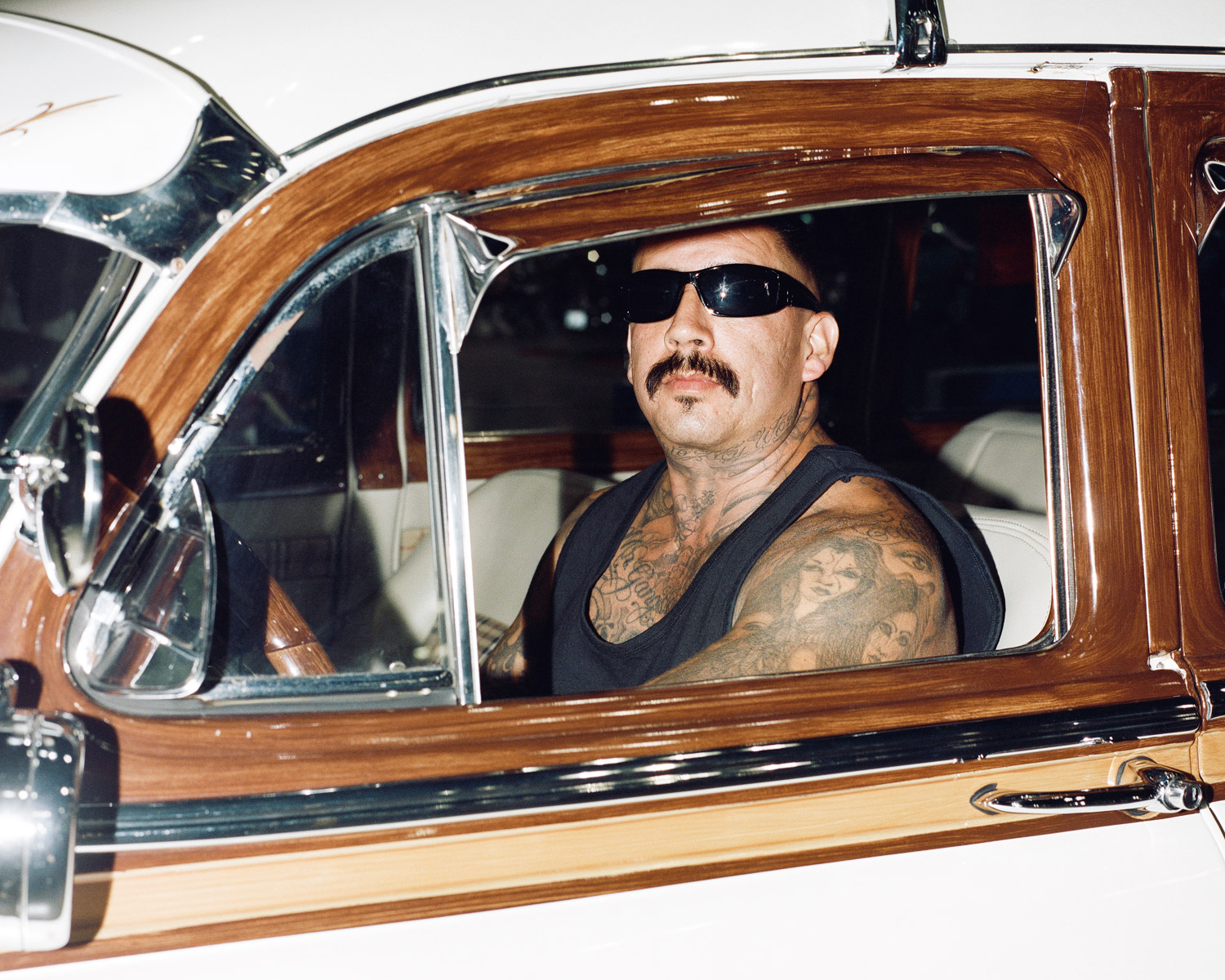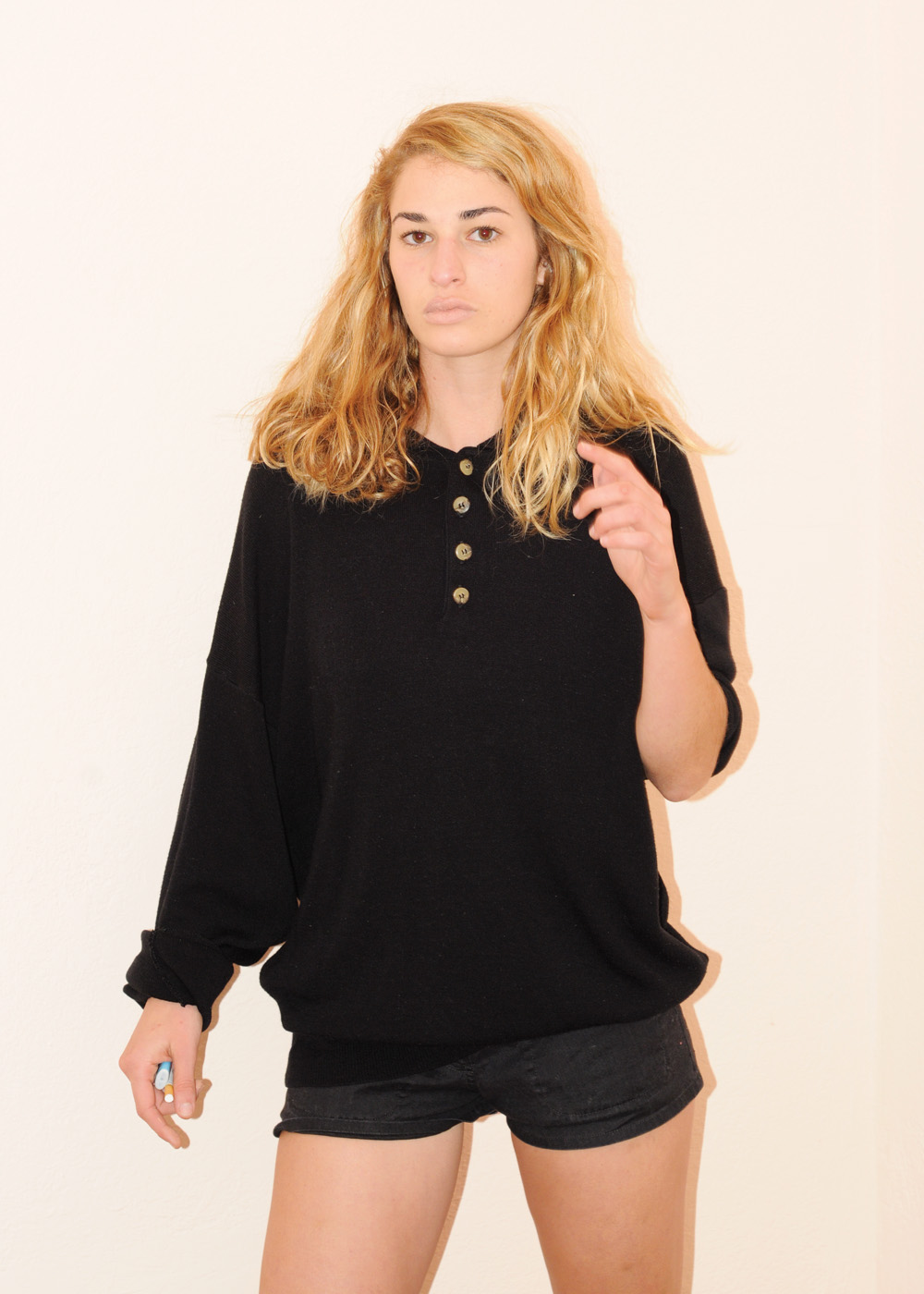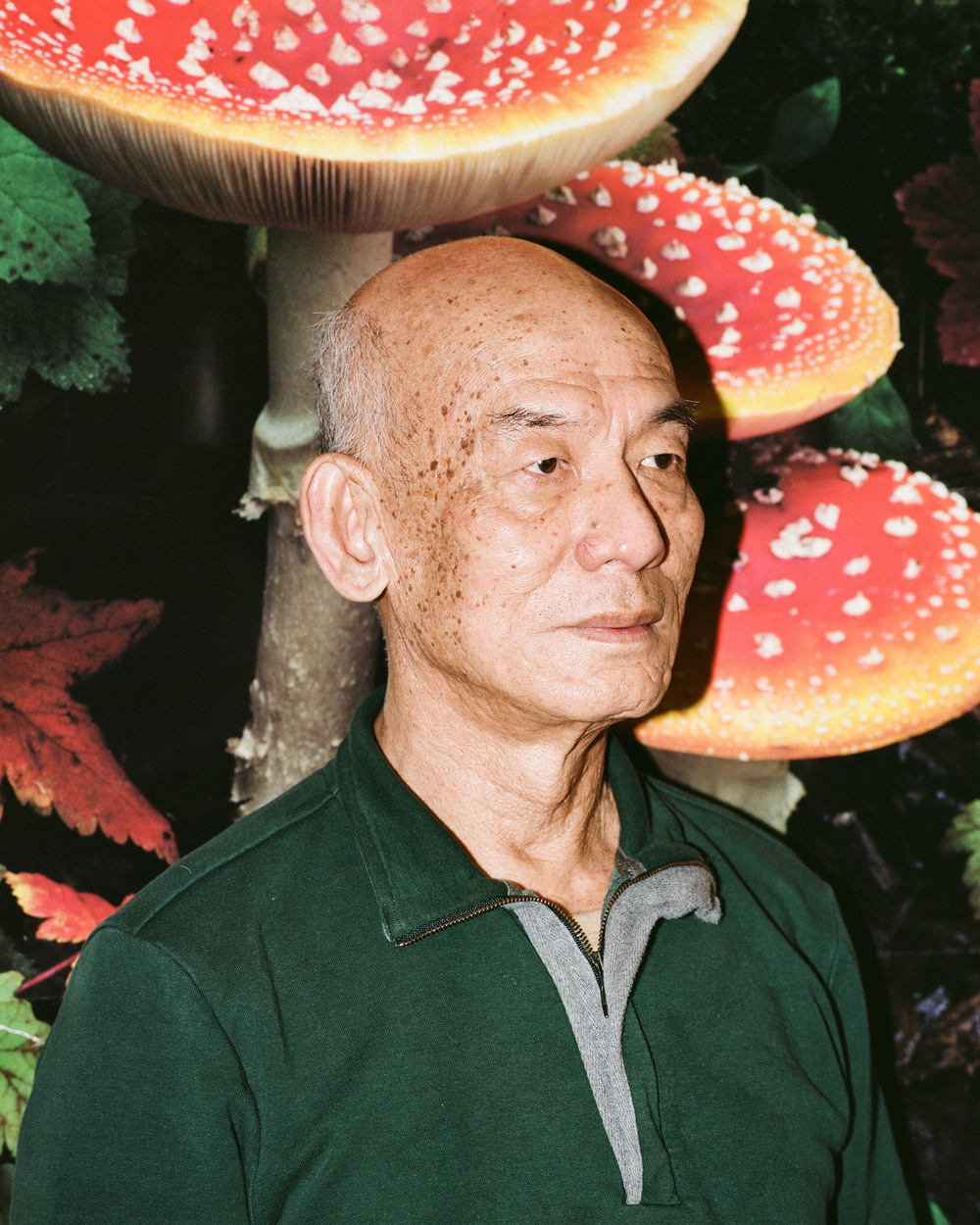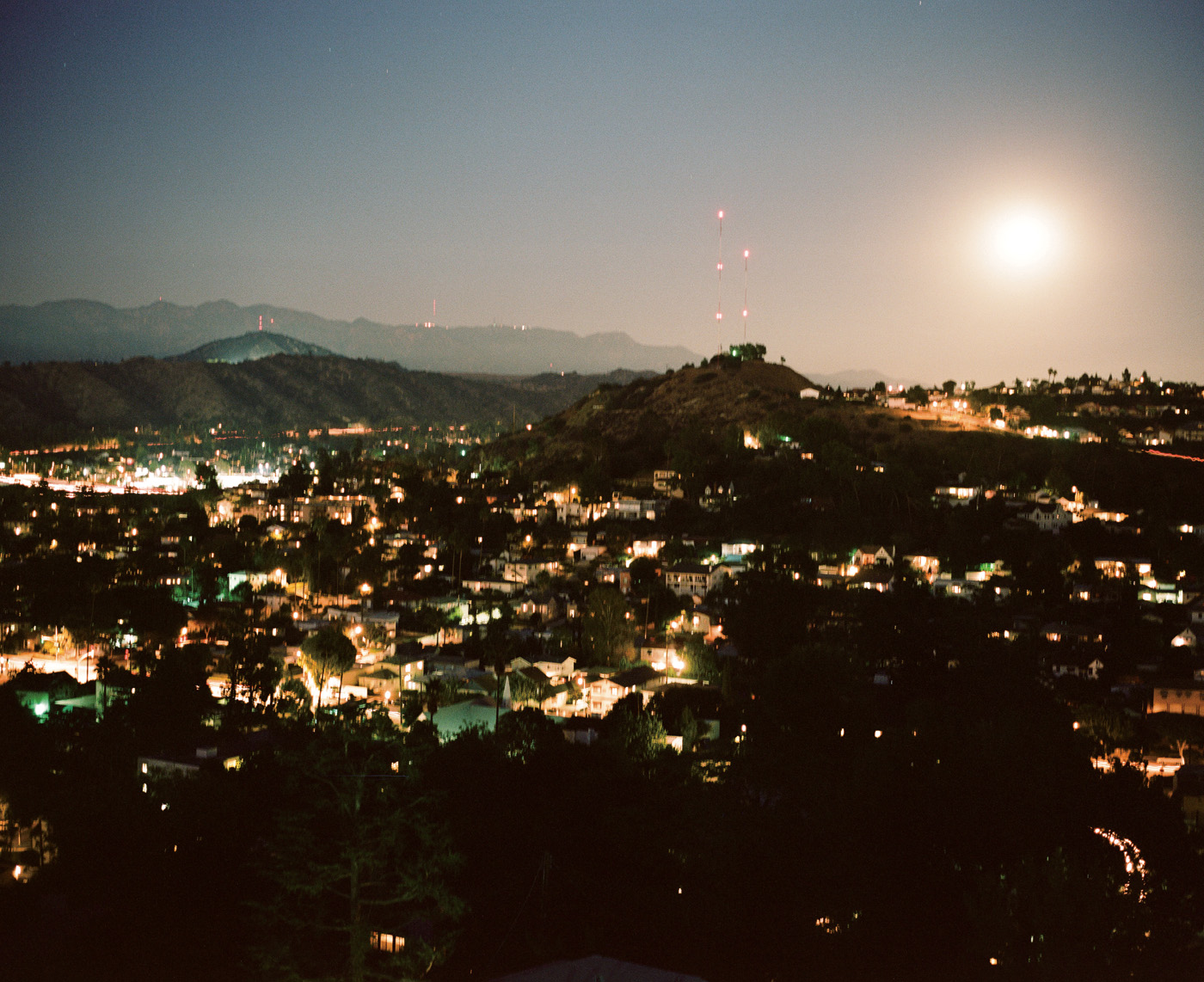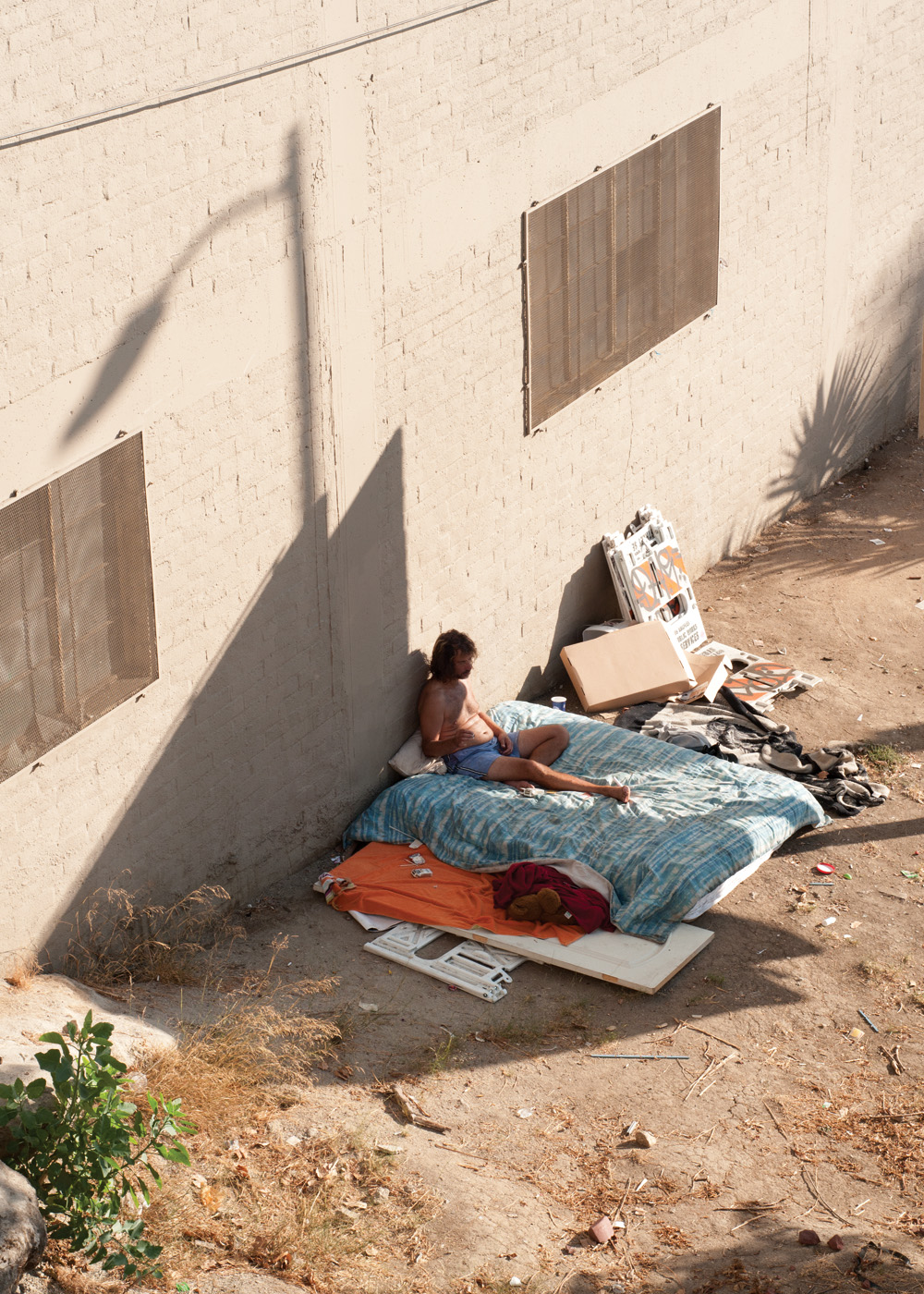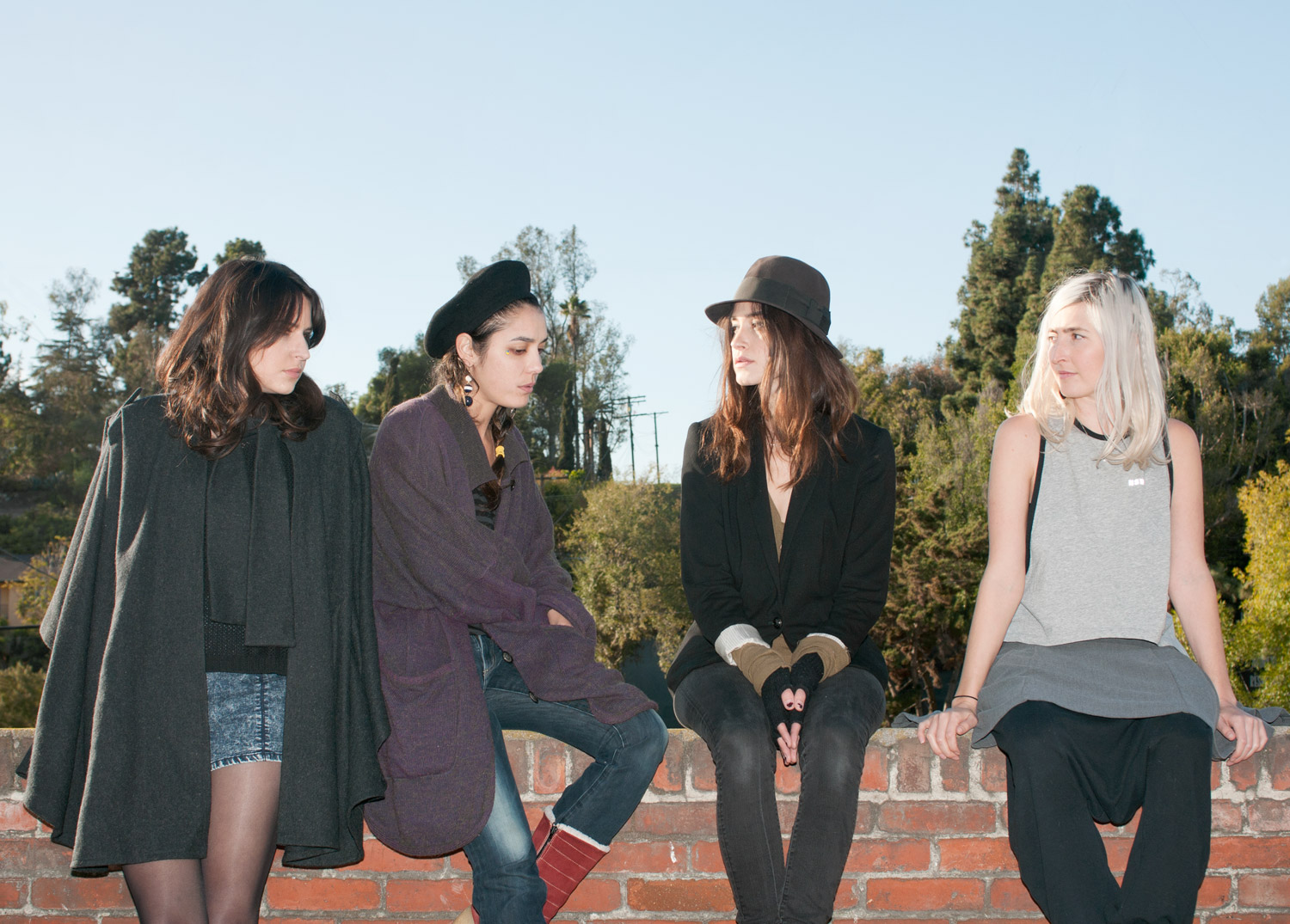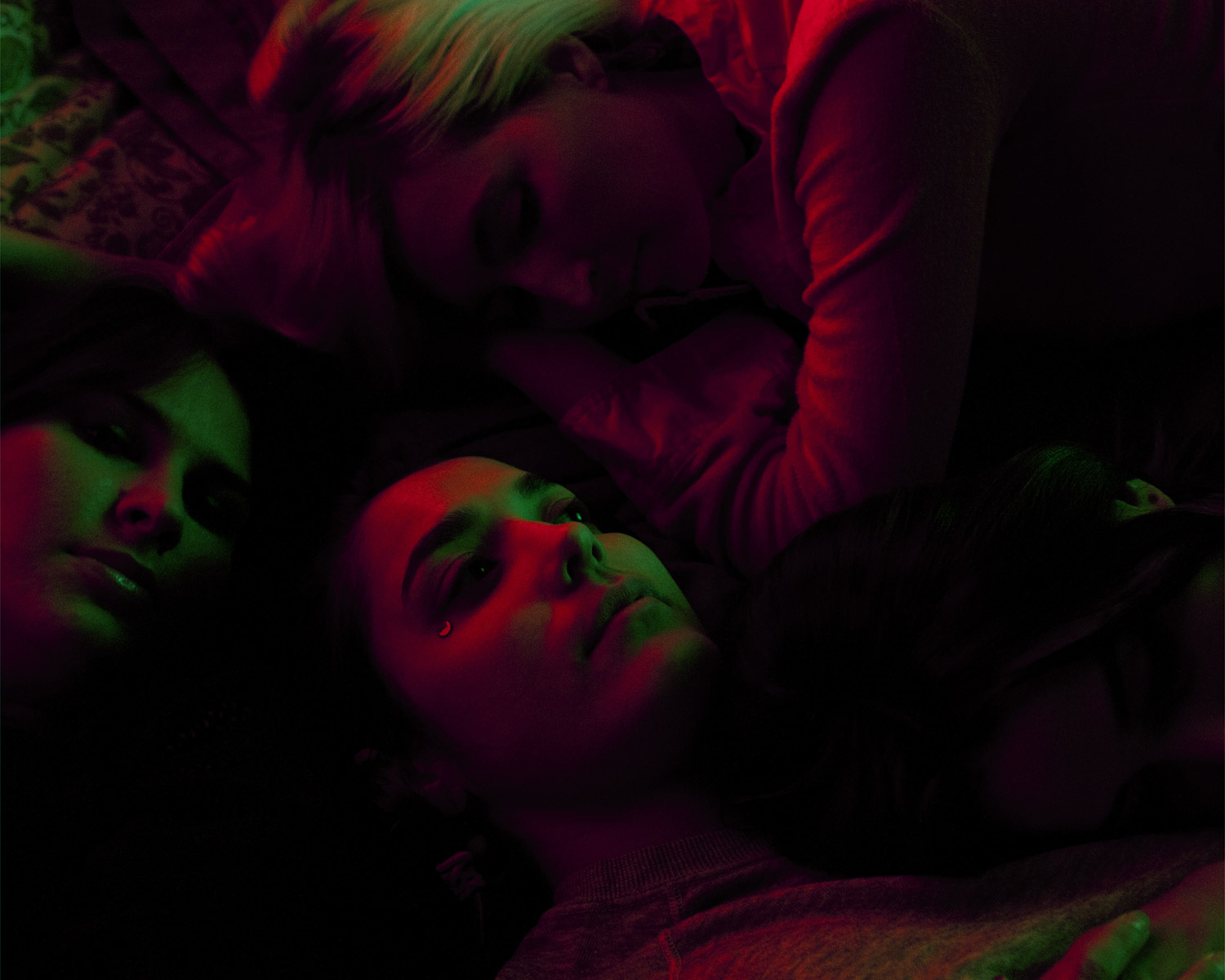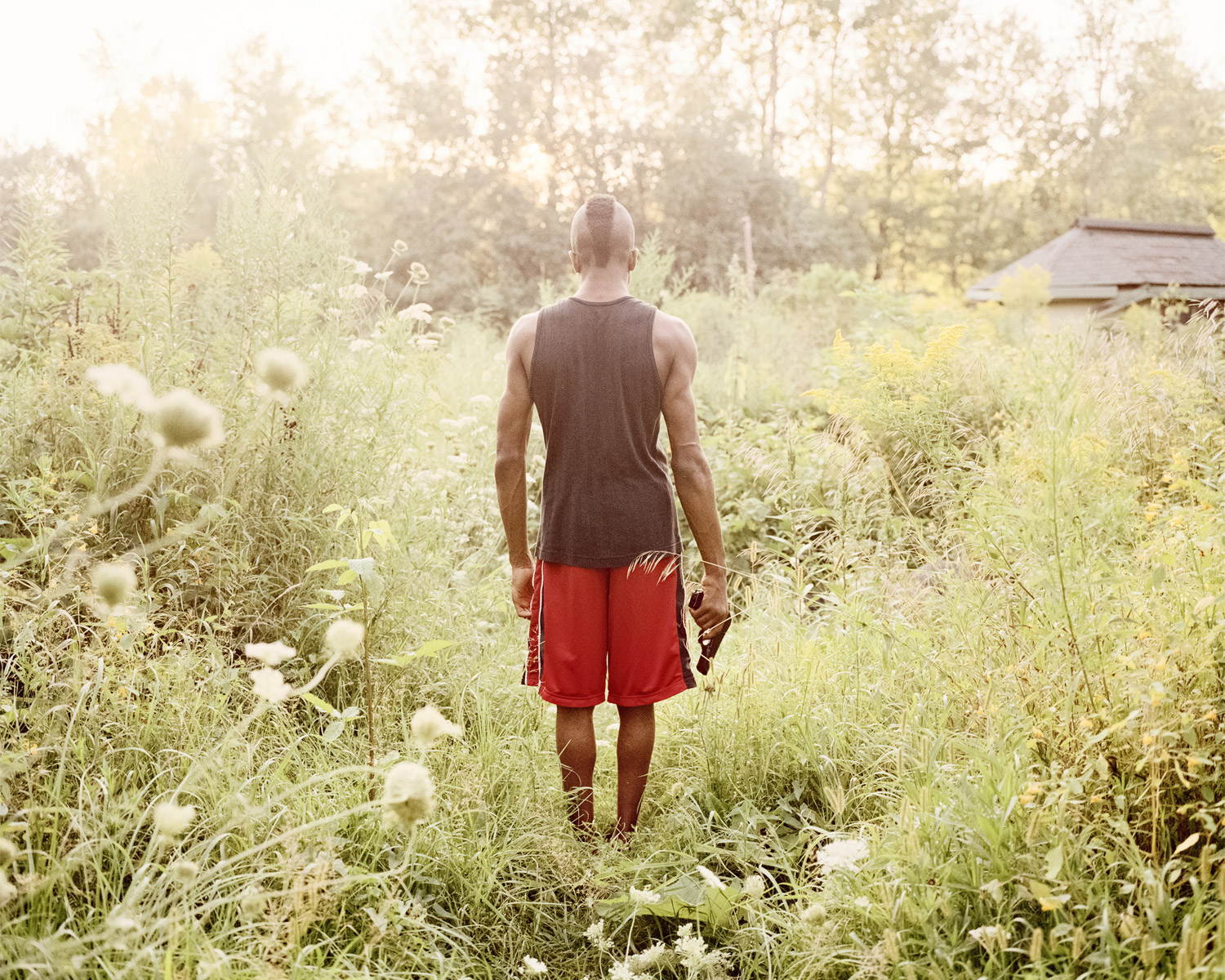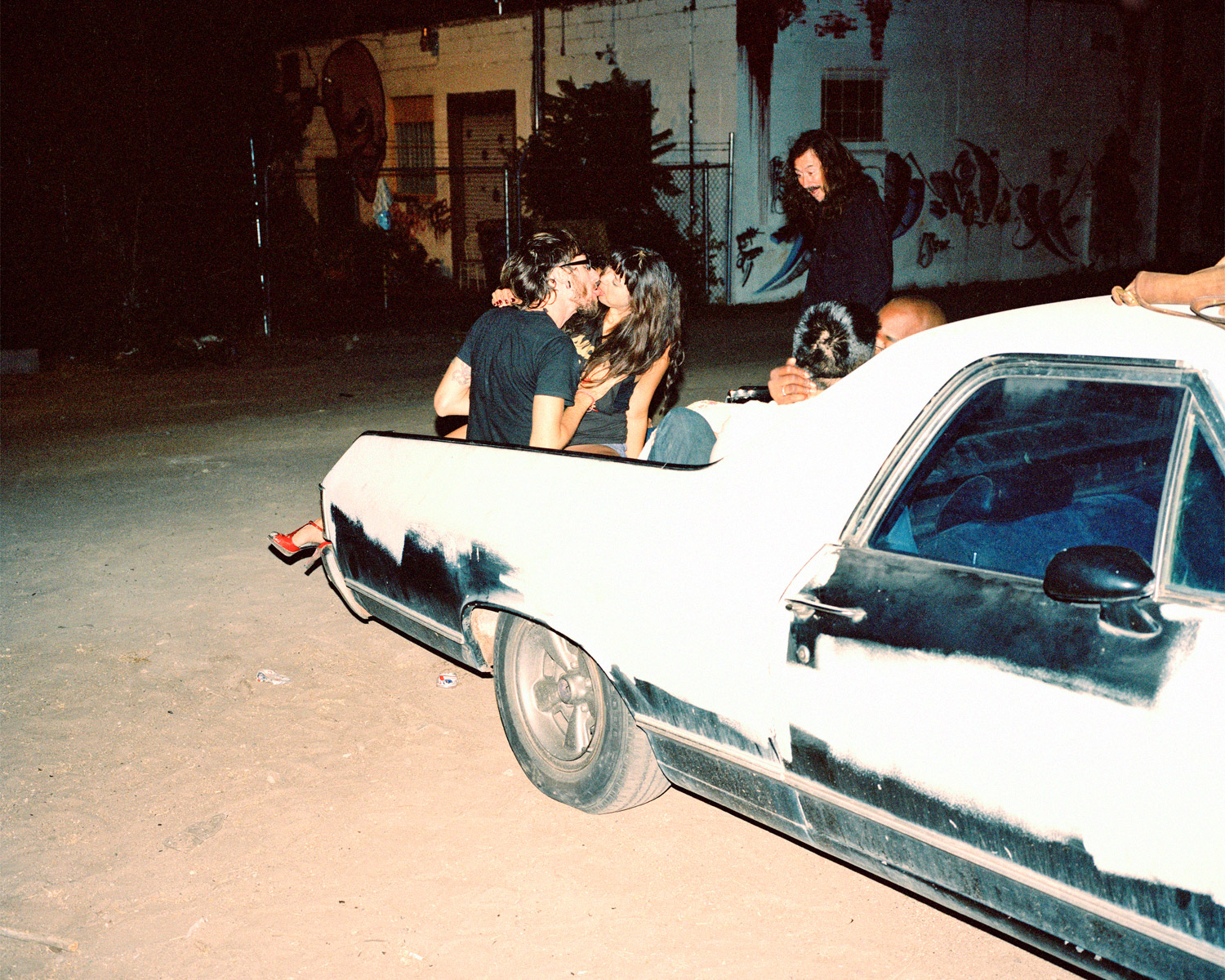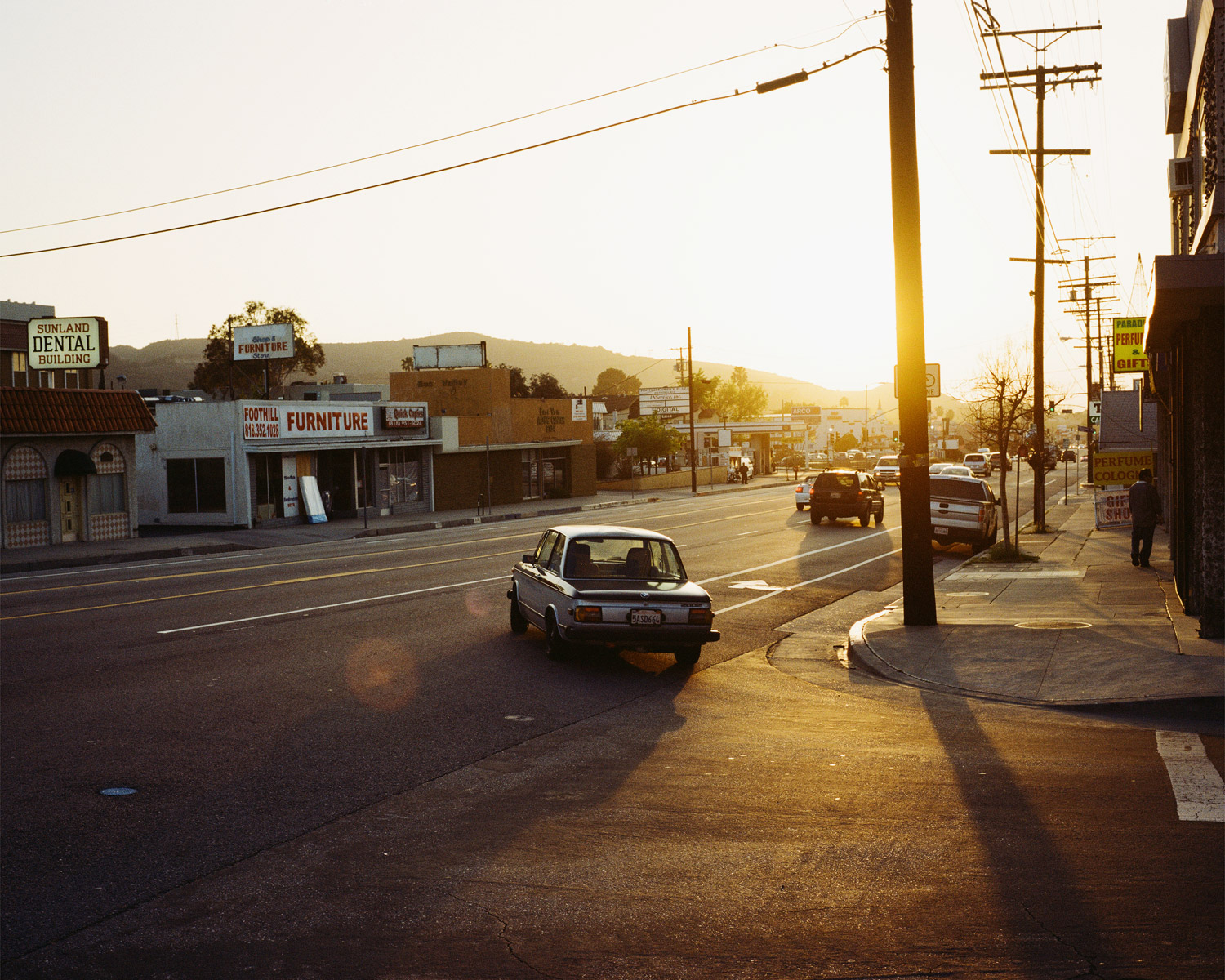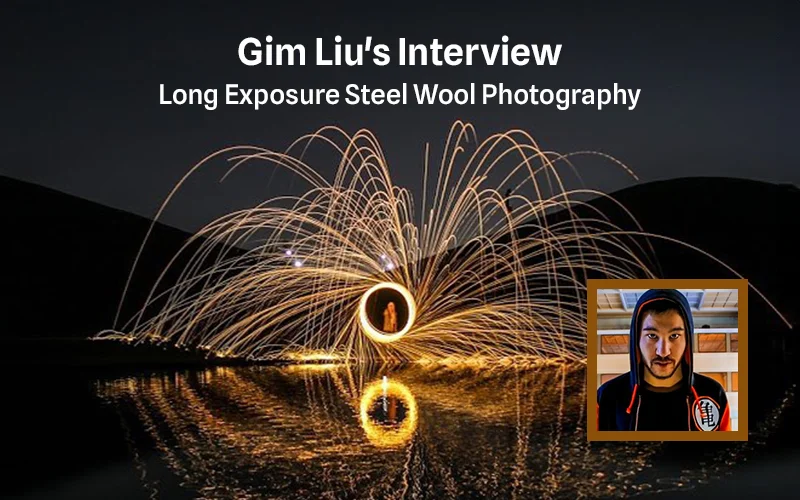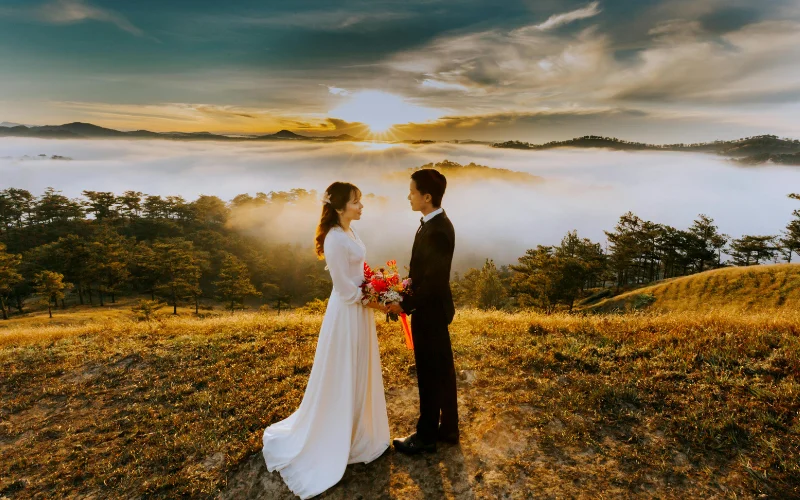Anyone who has lived in Los Angeles has a favorite Los Angeles. There isn’t one whole L.A. Whether you’ve found a particular neighborhood or a particular street, each L.A. is its own little world. Aside from that, each season has its own specific quality, too. My favorite Los Angeles is downtown during the cloudy, dark time between fall and winter when the night arrives at its earliest, and the sun fades spectacularly. I love seeing the skyscrapers coated in what I hope are oceanward clouds and enjoy the streets just a little bit more when it’s most bitter.
Sometimes, though, I get the feeling that L.A. was never meant to be a city. That it would’ve fared better as a deserted paradise, or a private hell. The city has a strangeness unlike anywhere else. L.A. photographer Nathanael Turner understands this city’s strangeness, and Nathanael Turner is able to tap into its halfway-split core. The work of Nathanael Turner captures its brilliant and desperate faces, simply. Having worked with New York Magazine, The Wire, and Newsweek, and many more, Nathanael Turner makes work that tastes like L.A. — and that certainly says a lot, considering L.A. hardly ever feels complete.
In this interview, Nathanael Turner talks about how he got his start in photography, explains his greatest influences, and reveals how he achieves his vivid work.
I really like how raw and vivid your work is. How did you get your start? How would you describe your work?
Thanks! Early on, I wanted to be a nature photographer. I grew up in the middle of nowhere, without TV or internet, so before my college days, my only exposure to decent photography was from National Geographic and a few other mainstream outlets. Somewhere along the line my aspirations changed a little. In college, I was introduced to the work of William Eggleston, Jeff Wall, Stephen Shore, etc., but I was always most attracted to the photographers who complicated things. Photography is a challenging medium; maybe because it’s so easy to make pretty pictures, it’s easily vapid. I strive for the opposite.
Were you ever unsure of your talents? Was there ever a moment when you felt like giving up?
Some people put in the work it takes to really open oneself up to making something great. I’m never unsure of myself, just maybe regretful for slacking at times. I’ve never felt like giving up on certain aspects of photography, my personal work lets say, but I often feel frustration with the politics and the egos that can come into play on the more commercial side of the industry.
Los Angeles has an important place in your work. You seem interested in the tension between city-life and natural environments. What aesthetic has Los Angeles given you? What have you taken from the city?
This is a hard question to answer at this point. It’s all still very intuitive. Maybe I’ll have a better grasp on this question in ten years. As far as tension, I’m more interested in the tension of L.A.’s history than that of city-life vs nature. Over the past two years, I’ve been focusing on the early history of Los Angeles. Hopefully that work will come to a conclusion by the end of this year and I can start looking at the city in its present state. L.A. is a strange place. I wouldn’t want to live anywhere else.
You also seem interested in marginal identities and subcultures. What’s the attraction of showing these identities to you? Is it a matter of raising awareness?
A lot of people I photograph are friends or neighbors, people I meet on walks or traveling. I don’t really go out looking for such specific or easily defined subjects. The people and things that end up in my photographs are a part of my life in some way.
A lot is being said in these two portraits of Warpaint. They’re captivating, especially Jenny Lee. She holds the center of attention for both the viewer and the group. Were these impromptu? How did you approach direction for them?
Generally, I like to help bring the general composition together, through direction, but from there, it’s less directed and more impromptu. This was simply a moment. I’m glad I caught it.
Why did you select them for your portfolio? Which aspects of your work are they representative of?
I’m always swapping images in and out. Some stick around for a while and some live a short life on my website. These are from a recent shoot I did for a music publication, so I’m giving them a chance.
This is one of my favorites. What’s the story behind it? Was it a conscious decision to include the gun?
This is one of my younger brothers. I was home visiting and he wanted to show me his new gun, so I grabbed my camera and made this photo before he shot off a few rounds.
What inspires you? Any other photographers, friends, old lovers? And what’s the most beautiful thing you’ve ever seen?
Most recently, I’ve found some inspiration in a few historical books about the early development of Los Angeles, but it comes from everywhere: Charles Lummis, Cadillac Desert, Chinatown, Weegee, Mulholland Dr., William Basinski, Shlohmo, Angelo Badalamenti, Cliff Martinez — things that tap into the spirit of LA. Also, I think hardship can bring a type of inspiration that’s hard to find when everything is going well.
Be sure to check out all of Nathanael Turner’s work on his website!

